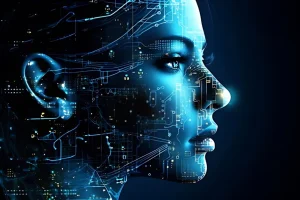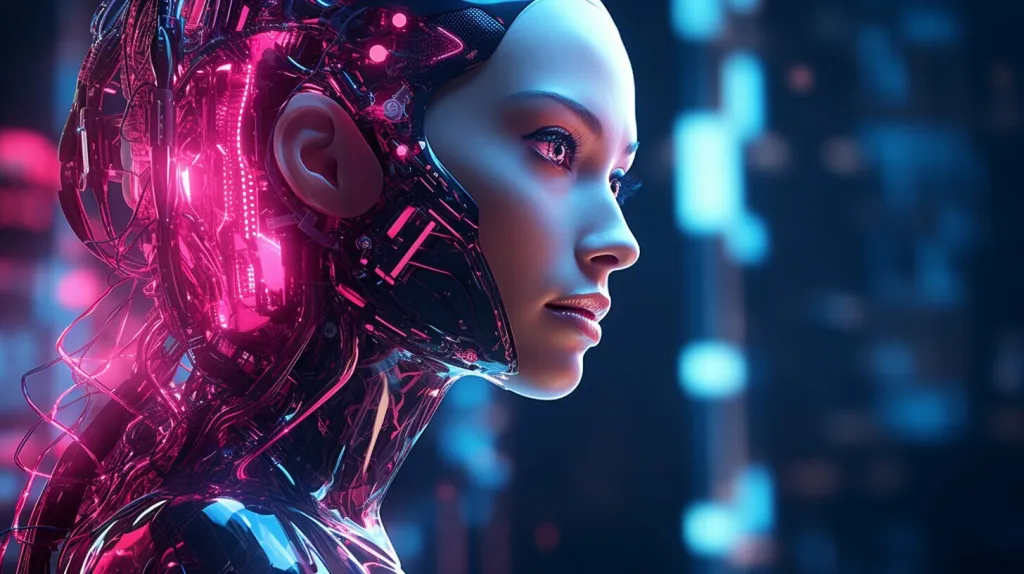Artificial Intelligence (AI) has revolutionized various aspects of our lives, from powering virtual assistants to driving autonomous vehicles. One intriguing application of AI is its integration into characters in various media forms, including video games, movies, and virtual reality experiences. Character AI, also known as NPC (non-player character) AI in gaming contexts, refers to the intelligence programmed into characters to make them interact with the player or other characters within the virtual environment.
In recent years, there has been considerable excitement and speculation surrounding the advancement of character AI. However, there have also been concerns and debates about its effectiveness, limitations, and ethical implications. In this comprehensive guide, we delve deep into the current state of character AI, exploring its capabilities, challenges, and potential future developments.
Understanding Character AI:

Character AI encompasses a wide range of functionalities and behaviors programmed into virtual characters to simulate human-like interactions and decision-making processes. These behaviors can include simple actions like walking and talking to complex behaviors such as problem-solving, emotional responses, and learning from interactions.
Key Components of Character AI:
Perception:
-
- Sensing the environment: Characters need to perceive their surroundings through visual, auditory, and sometimes tactile sensors.
- Object recognition: AI algorithms enable characters to recognize objects, other characters, and obstacles in their environment.
- Emotion recognition: Some advanced character AI systems are equipped with emotion recognition capabilities to interpret facial expressions and body language.
Decision-making:
-
- Goal setting: Characters have predefined goals or objectives that guide their actions and interactions.
- Action planning: AI algorithms determine the best course of action to achieve the character’s goals while considering the current situation and available resources.
- Adaptive behavior: Characters can adapt their actions and strategies based on changes in the environment or feedback from interactions.
Interaction:
-
- Natural language processing: Characters can understand and generate human-like speech to engage in conversations with players or other characters.
- Social behavior: Character AI governs social interactions such as cooperation, competition, empathy, and deception.
- Player engagement: In gaming, character AI is crucial for creating immersive and challenging gameplay experiences that keep players engaged.
Challenges and Limitations:
Despite significant advancements, character AI still faces several challenges and limitations that impact its realism and effectiveness:
- Computational complexity: Simulating human-like intelligence requires extensive computational resources, which can be impractical for real-time applications or resource-constrained devices.
- Uncertainty and unpredictability: Human behavior is inherently complex and unpredictable, making it challenging to program characters to respond realistically to every possible scenario.
- Ethical considerations: As character AI becomes more sophisticated, concerns about ethical issues such as privacy, consent, and bias in decision-making algorithms arise.
- Balancing realism and gameplay: In gaming, character AI must strike a balance between realism and gameplay considerations to provide enjoyable and challenging experiences without sacrificing immersion.
Current Applications:
Despite these challenges, character AI has made significant strides in various applications:
- Video games: Character AI plays a central role in shaping the gameplay experience in modern video games, from realistic enemy behavior to dynamic storytelling.
- Virtual assistants: AI-powered virtual assistants like Siri, Alexa, and Google Assistant rely on character AI to understand user queries and respond with relevant information or actions.
- Interactive storytelling: In virtual reality experiences and interactive narratives, character AI enables dynamic storytelling with branching paths and personalized interactions.
- Education and training: AI-driven characters can serve as virtual tutors or training partners in educational simulations, providing personalized feedback and guidance.
Future Directions:
Looking ahead, several trends and developments are shaping the future of character AI:
- Advances in machine learning: Deep learning techniques such as neural networks and reinforcement learning hold promise for improving the realism and adaptability of character AI.
- Multi-agent systems: Researchers are exploring the potential of multi-agent systems, where multiple AI-driven characters interact with each other and with human users in complex environments.
- Ethical AI frameworks: The development of ethical guidelines and frameworks for character AI will be crucial for addressing concerns related to privacy, bias, and accountability.
- Integration with virtual reality and augmented reality: Character AI will play an increasingly important role in immersive virtual and augmented reality experiences, blurring the lines between the virtual and real worlds.
AI represents a fascinating intersection of artificial intelligence, psychology, and storytelling. While significant progress has been made in simulating human-like behavior in virtual characters, there are still many challenges to overcome. By addressing these challenges and leveraging emerging technologies, we can unlock the full potential of character AI to create immersive, interactive experiences that blur the boundaries between fantasy and reality.

